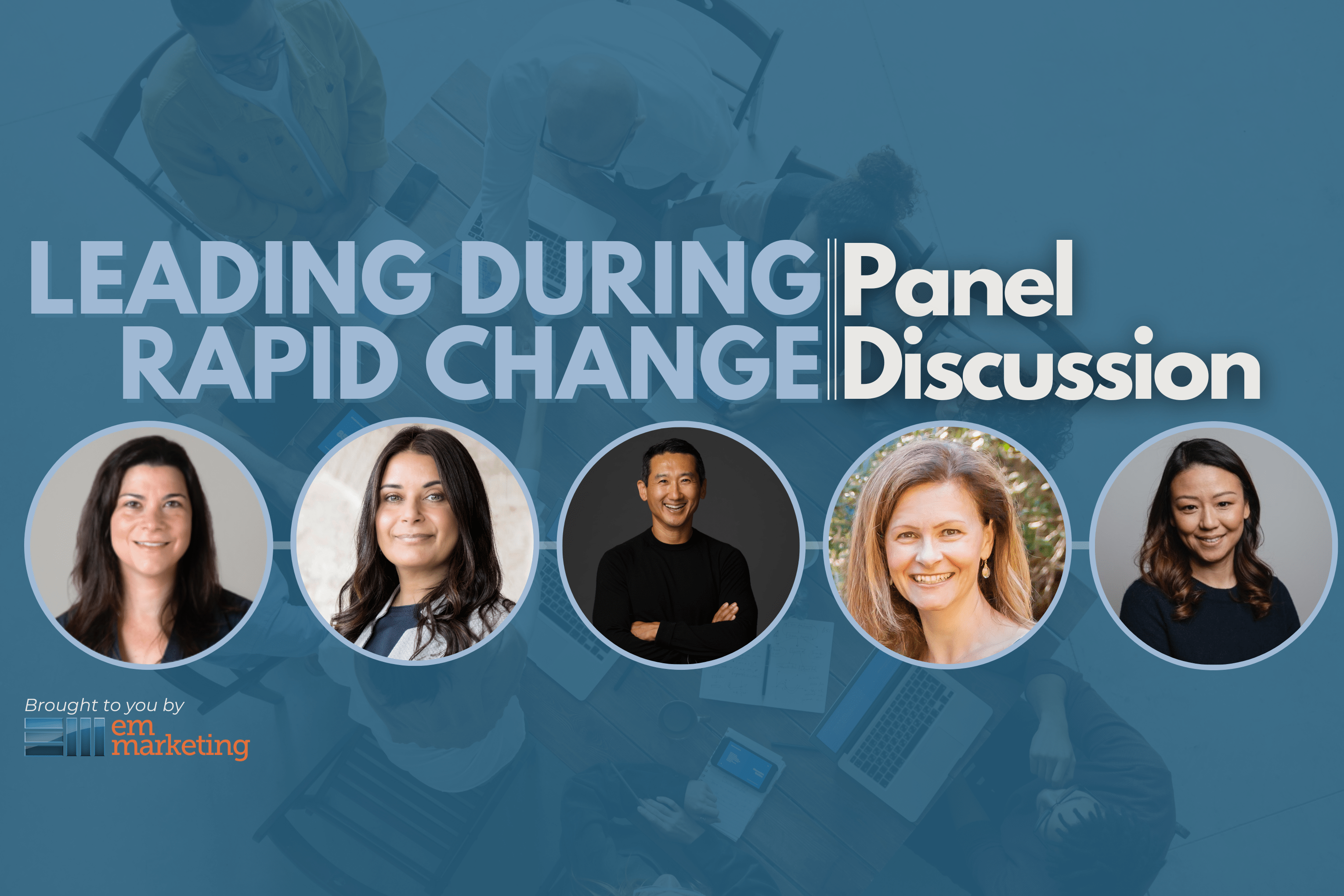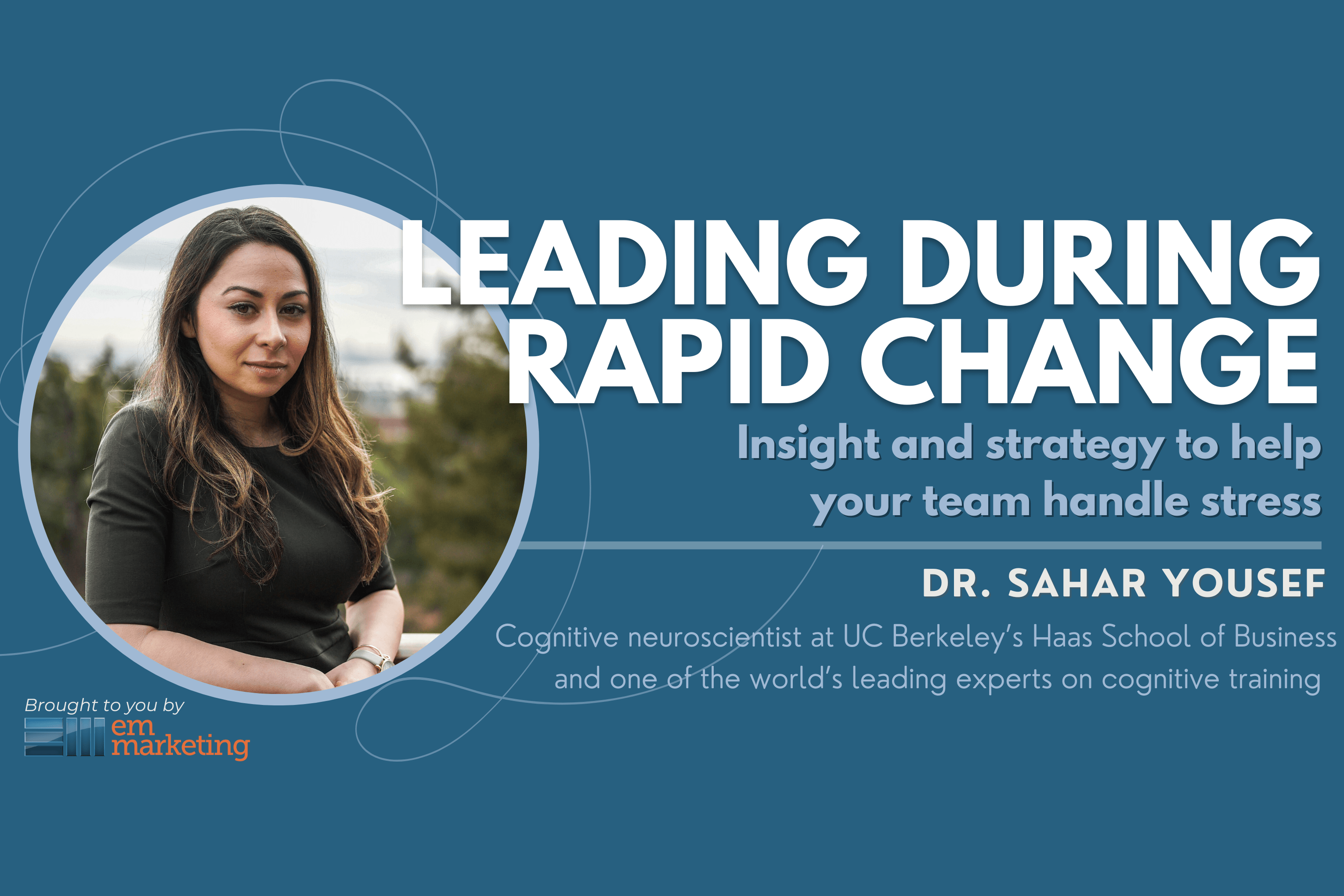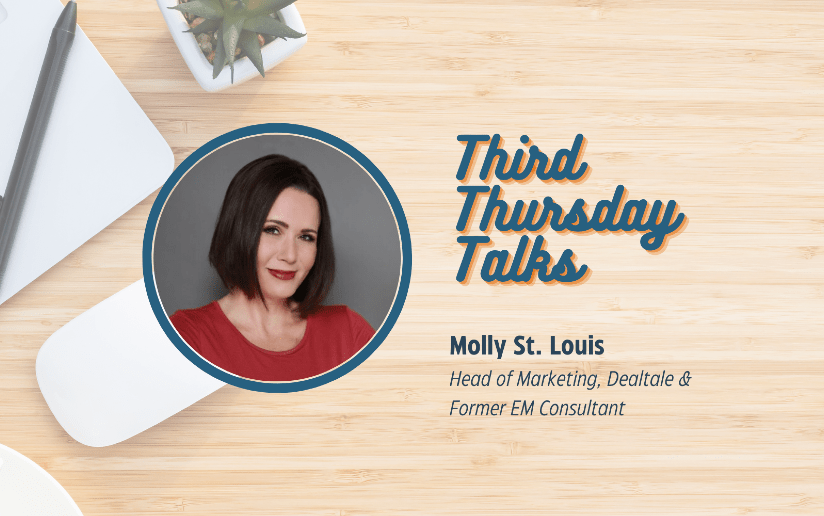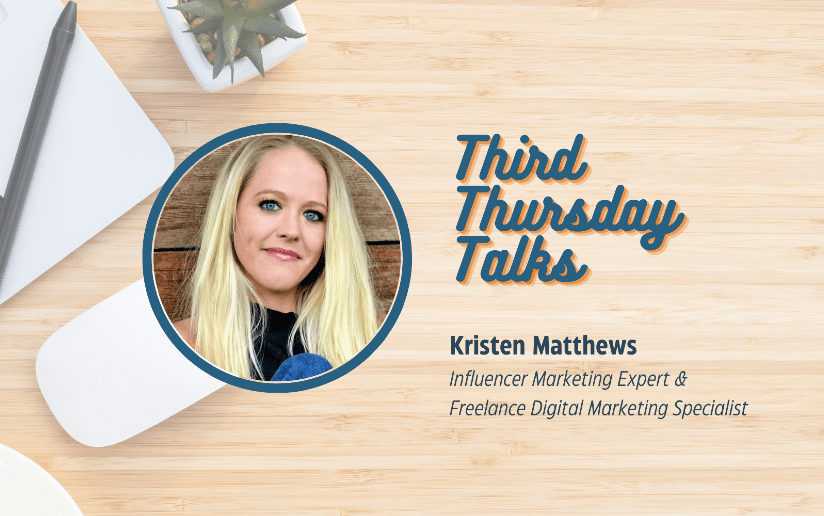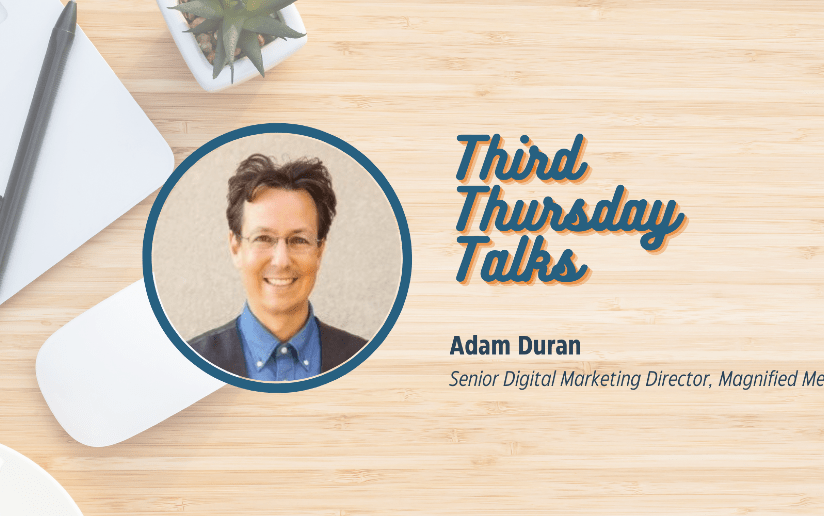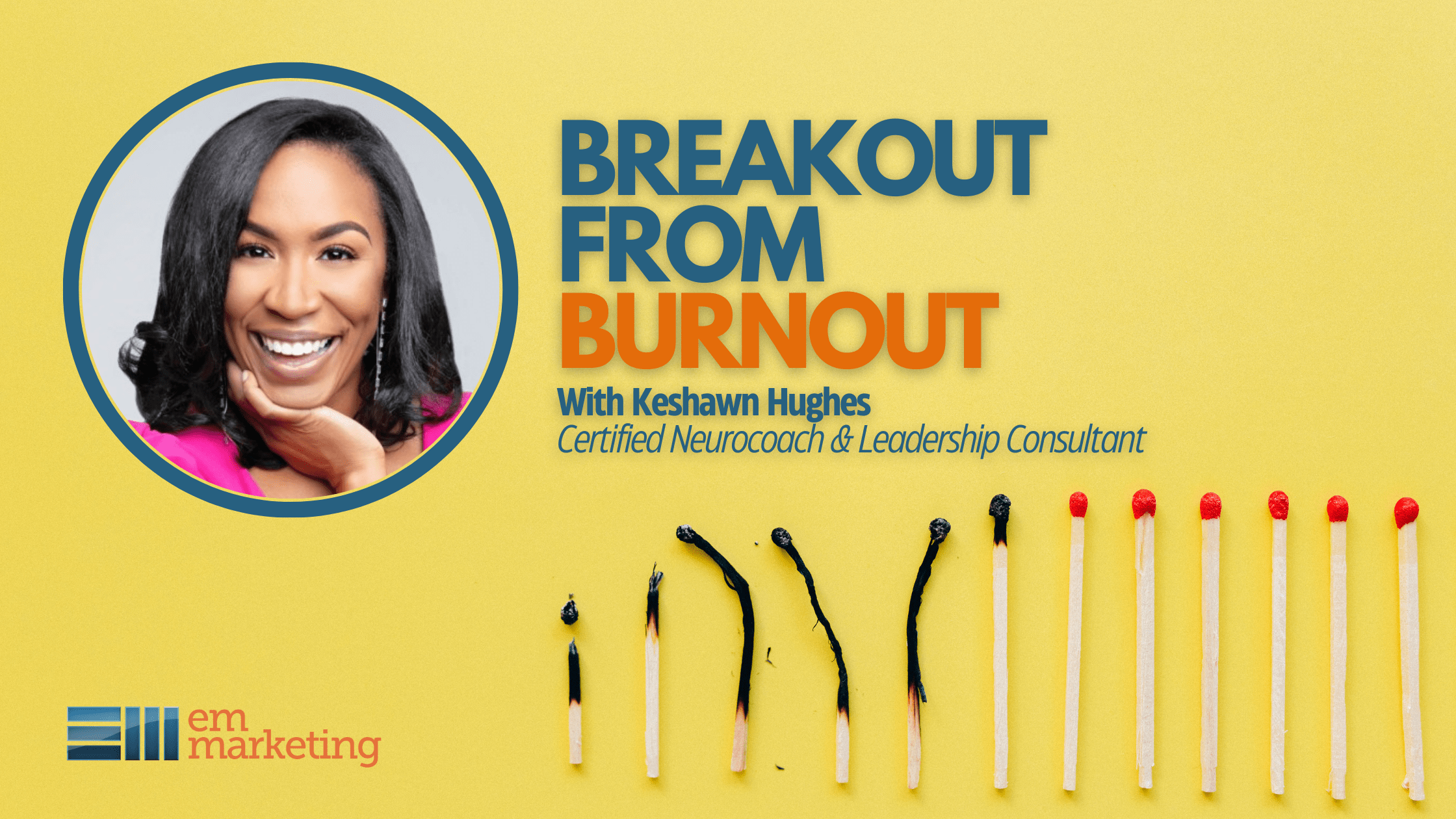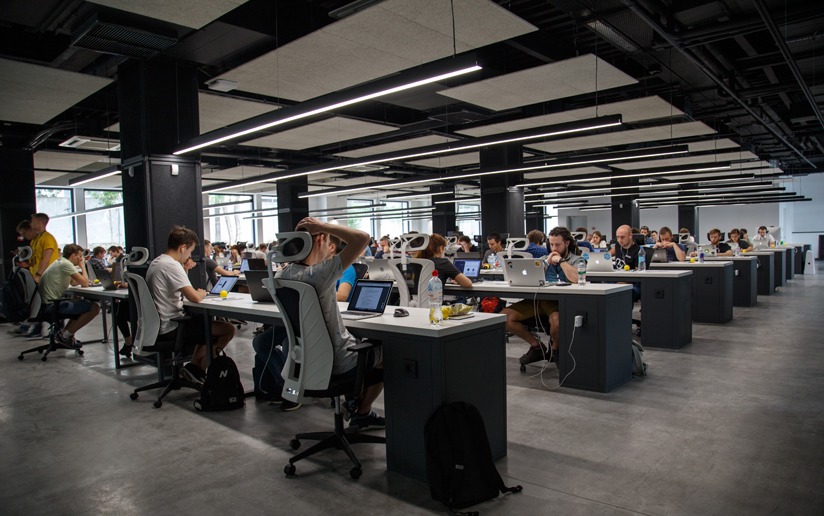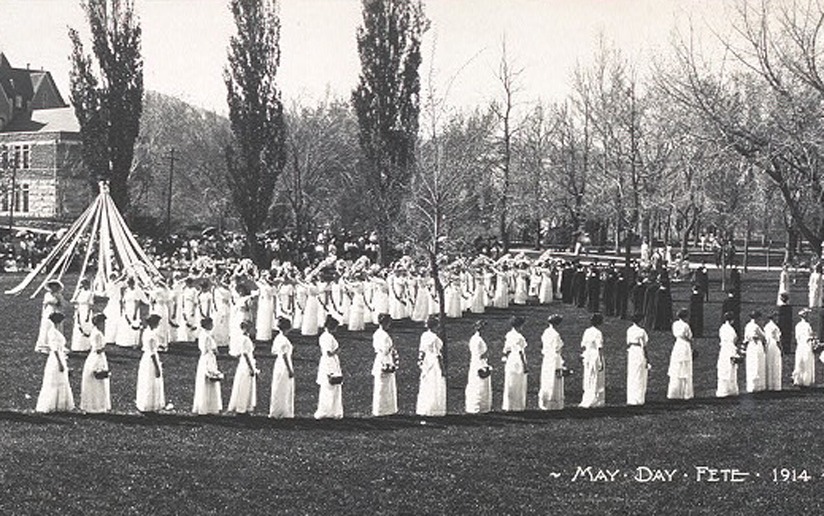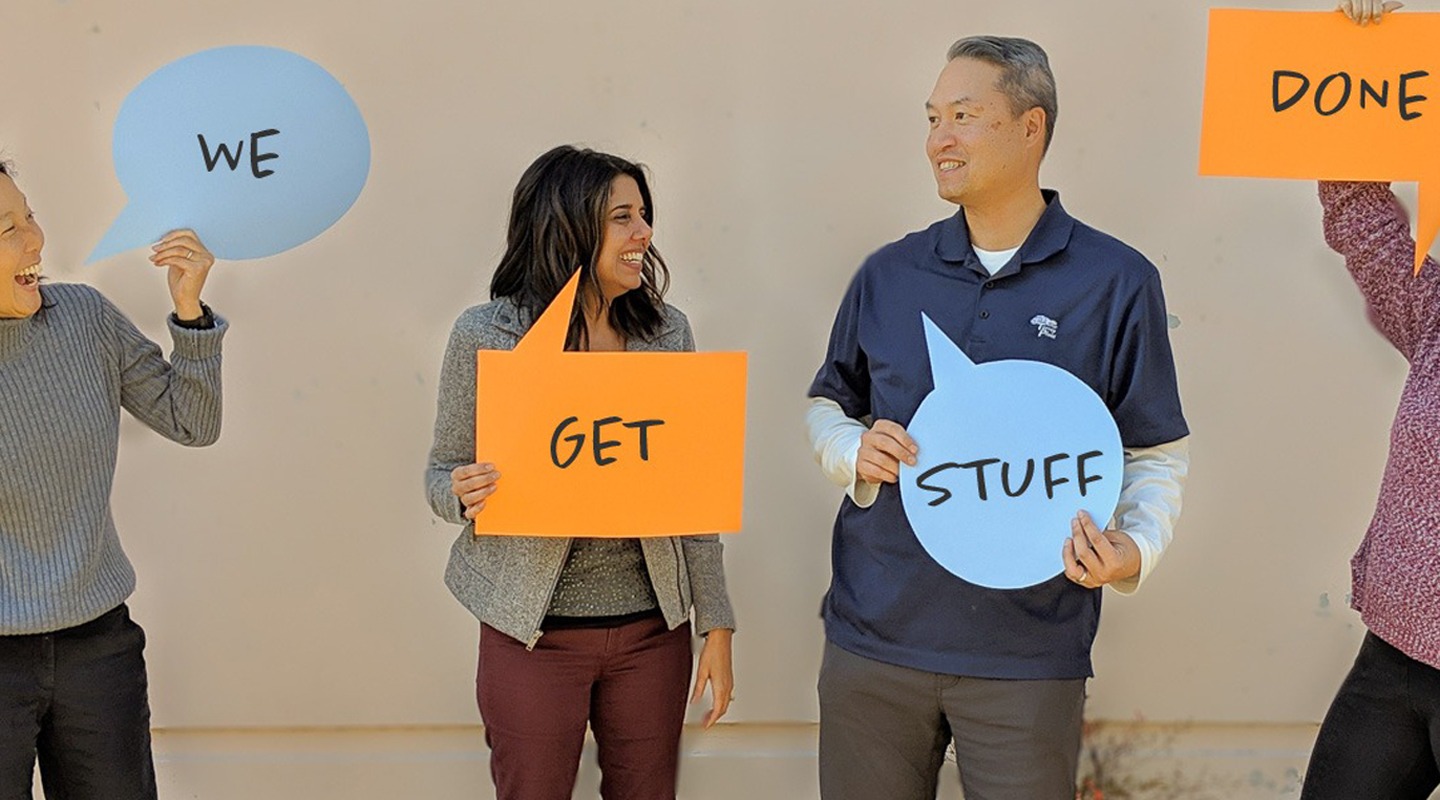
Driven by Uber: The New Workforce in the Future of Work
The recent California Labor Commissioner ruling that found that an Uber driver to be an employee has been sparking a lively and important debate. What should a worker, who controls who he works for, when, and how, be? An employee or a contractor? It’s always seemed straightforward to me. But what if that worker works primarily for one company, like Uber or Lyft or a platform like eLance?
Techcrunch recently wrote about how this ruling is a harbinger for change. I couldn’t agree more. I believe that a new classification will be created for workers like Uber and Lyft drivers, for the shared-work economy. And it will eventually come to law because it’s better for people (and ultimately for corporations).
Being a Contractor Is the New Employee
The employment landscape has changed dramatically. Workers want to be in charge of when, for whom, how much and how they work. In the Bay Area, where people no longer view a career as working at one or two companies throughout their life, and realize employment security is a thing of the past, workers want to be in control of their work life.
However, being a traditional employee may work well for two types of people: 1) those who have limited skills that won’t be valued in the open marketplace, and 2) upper management types who call the shots and make a disproportionate salary compared to their lower-level peers.
What about the majority of folks stuck in the middle? They are the heart and soul of companies, the middle managers and experienced workers that manage and execute the work every day. For them, it means days are getting longer, are filled with more stress, and their salaries have stagnated.
The New Workforce in the Future of Work
There’s a reason why every year, I meet with over 100 disgruntled, burnt-out or bored, “hanging-on” employees or new ex-employees who find their way to my door because we provide a different path for them. They are the fuel for our company. Smart, experienced, under-appreciated, but talented marketers, designers and specialists looking for a way to re-enter the work force on their terms. This is the new workforce for the Future of Work:
- This new workforce will be filling the void that seems to exist when companies lay off the middle layer, as a way to chase short-term profit and satisfy their share holders.
- This new workforce is more efficient, because they are paid by the project and have to maximize their time. They can avoid much of the “time-suckage” of endless email, meetings and PowerPoint.
- This new workforce brings their experience, wisdom and fresh thinking to each project, and the good ones don’t worry about internal politics when making recommendations.
- This new workforce is supported by other team members who are experts in other areas and can tap into their knowledge base virtually and almost immediately.
- This new workforce can take one project and turn it into a team project which allocates more cost-efficient resources for tasks that don’t require more expensive ones.
- This new workforce can scale up and down to meet aggressive deadlines without the risk of burning out employees.
- This new workforce can take risks, fail fast and learn rapidly because their career is not on the line.
- This new workforce is happy to step aside and train permanent employees to fill their roles because in their book that’s a success.
- This new workforce will be classified under a new category of worker, one that can receive partial benefits from progressive client companies that will use them as a perk, but operate very independently.
What do you think? Are you ready for the Future of Work?






